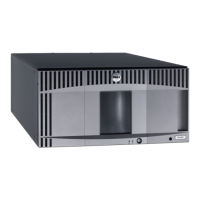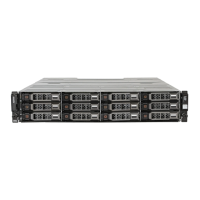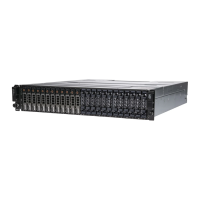Chapter 3. Installing the Encryption Key Manager and
Keystores
The Encryption Key Manager is shipped with the IBM Java Virtual Machine
installation, and requires the IBM Software Developer Kit for Linux, and the IBM
Runtime Environment for Windows (see “Hardware and Software Requirements”
on page 2-2). Follow the procedure appropriate for your operating system:
v “Installing the Encryption Key Manager on Linux”
v “Installing the Encryption Key Manager on Windows” on page 3-2
If you are uncertain whether you have the latest version of Encryption Key
Manager, “Downloading the Latest Version Key Manager ISO Image” explains how
to learn if a newer version is available. It is a good idea to get the latest version of
Encryption Key Manager, which may not be in your Java installation. Visit
http://support.dell.com for more information.
IMPORTANT Encryption Key Manager HOST SERVER CONFIGURATION
INFORMATION: It is recommended that machines hosting the Dell
Encryption Key Manager program use ECC memory in order to minimize
the risk of data loss. The Encryption Key Manager performs the function of
requesting the generation of encryption keys and passing those keys to the
LTO 4 and LTO 5 tape drives. The key material, in wrapped (encrypted
form) resides in system memory during processing by the Encryption Key
Manager. Note that the key material must be transferred without error to the
appropriate tape drive so that data written on a cartridge may be recovered
(decrypted). If for some reason key material is corrupted due to a bit error in
system memory, and that key material is used to write data to a cartridge,
then the data written to that cartridge will not be recoverable (i.e. decrypted
at a later date). There are safeguards in place to make sure that such data
errors do not occur. However, if the machine hosting the Encryption Key
Manager is not using Error Correction Code (ECC) memory there remains a
possibility that the key material may become corrupted while in system
memory and the corruption could then cause data loss. The chance of this
occurrence is small, but it is always recommended that machines hosting
critical applications (like the Encryption Key Manager) use ECC memory.
Downloading the Latest Version Key Manager ISO Image
To download the latest version of the Dell ISO image, go to http://
support.dell.com.
Installing the Encryption Key Manager on Linux
Installing the Encryption Key Manager on Linux From the CD
1. Insert the Dell Encryption Key Manager CD and enter Install_Linux from the
CD root directory.
The installation copies all contents (documentation, GUI files, and configuration
property files) appropriate to your operating system from the CD to your hard
drive. During installation, your system is checked for the correct IBM Java
Runtime Environment. If not found, it is automatically installed.
When installation is complete, the Graphical User Interface (GUI) is started.
3-1
|
|
|
|
